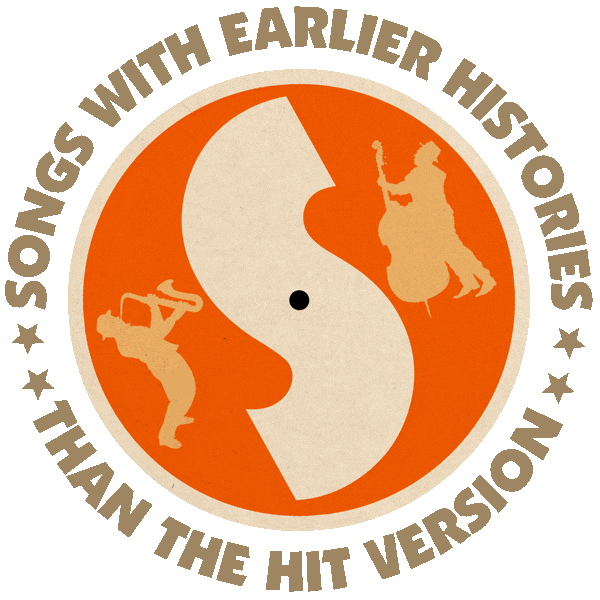First recorded (as a demo) by George Jackson (1978).
Hit version by Bob Seger (US #28/CAN #31 1979 |US #48/AUS #53 1983 |AUS #3 1987 ).
From the wiki: “‘Old Time Rock and Roll’ was written by George Jackson (‘Victim of a Foolish Heart‘) and Thomas E. Jones III, and was first recorded as a demo by Jackson. The Muscle Shoals Rhythm Section, who often backed Seger in his studio recordings at the Muscle Shoals Sound Studio in Sheffield, Alabama, sent Seger a demo of Jackson’s song during the recording of Stranger in Town. Jackson recalls ‘Bob had pretty much finished his recording at Muscle Shoals [but] he asked them if they had any other songs he could listen to for the future.’
“The song was recorded by Seger at the Muscle Shoals studio and also at Sound Suite Studios in Detroit, Michigan. Originally, Seger’s Silver Bullet Band was displeased with its inclusion on Stranger in Town, claiming, according to Seger, that the song was not ‘Silver Bullet-y’ enough. However, upon hearing audience reactions to it during their tour in Europe, the band grew to like the song. Released as a single in 1979, the song became a Top-40 hit, peaking at #28 on the Billboard Hot 100.

